#eurasian magpies
Text
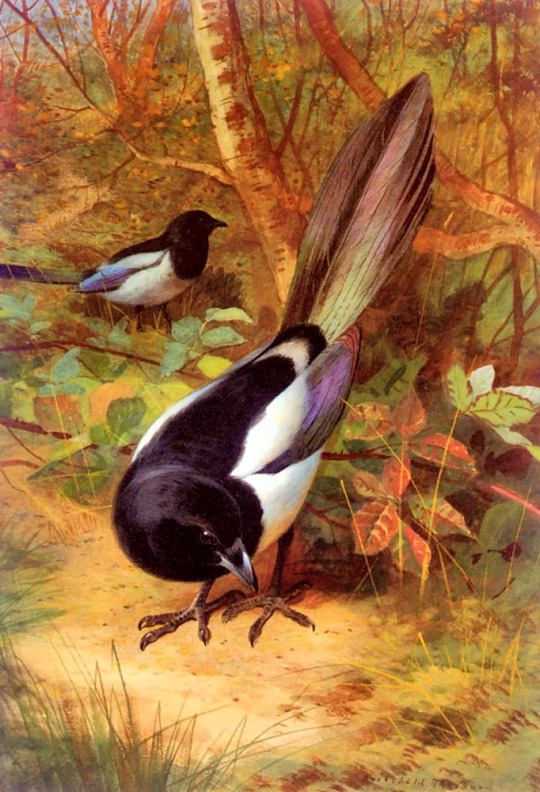
Magpies. Archibald Thorburn (1860-1935)
via
1K notes
·
View notes
Text

Eurasian magpies typically build their nests from thorny branches, but some birds have discovered anti-bird spikes work just as well—if not better. Photograph By Auke Florian Hiemstra
'The Perfect Revenge'? Birds are Building Fortresses From Anti-bird Spikes
Despite a plethora of products designed to keep birds off buildings, our feathered friends are sending a clear message: Nice try.
— By Jason Bittel | July 17, 2023
In an example of “The Perfect Revenge,” European birds are ripping anti-bird barbs off buildings and using them to build armored nurseries for their chicks, scientists say.
“They take the stuff we use to try to deter birds, and they make a nest out of it, and then make more birds,” says Auke-Florian Hiemstra, a biologist at Naturalis Biodiversity Center in the Netherlands and lead author of a study on the phenomenon published this month in Deinsea, the online journal of the National History Museum Rotterdam.
“That’s just a brilliant way to fight the system. Nice to see some birds fighting back.”
While birds are a common urban neighbor, city residents don’t always appreciate the droppings and nesting materials our feathered friends leave behind. This has spurred an entire industry of products designed to keep birds off human infrastructure, such as light displays, netting, and even sharp metal spikes.
However, a new study shows that not only are some birds unbothered by long strips of barbs, but they’re actually ripping the skewers off buildings and using them to build armored nurseries for their chicks.
In the Netherlands, two instances so far show that carrion crows coiled the strips so that the spikes faced inward, possibly serving as a base for the nest and helping to bind other nesting materials, such as twigs and dry leaves.

Scientists want to know if these nests (Pictured, One Found in Antwerp, Belgium) are better at protecting chicks than those without spikes. Photograph By Auke Florian Hiemstra
Eurasian magpies, on the other hand, build nests with a roof. “Magpies are very worried about crows stealing their eggs and young, so to protect them, they make this dome,” says Hiemstra. “They can fly multiple kilometers trying to look for material. However, in cities, there’s not a lot thorny branches around.”
Perhaps this is why, in three separate instances described between 2021 and 2023 from the Netherlands, Belgium, and Scotland, Hiemstra found magpie nests that incorporated anti-bird spikes in the top of the dome. And this is intriguing, because magpies typically construct their roofs out of hawthorn, blackthorn, and rose stems.
In other words, it seems the magpies are not treating the anti-bird strips as just another building material. They’re using the spikes as spikes.
If true, it would be the first such documentation of its kind.
'Magpies are Nuts'
To be clear, birds build nests from human-made objects all the time. Hiemstra has personally seen nests from various species made out of everything from windshield wipers and headphones to hypodermic needles, cocaine packaging, and condoms.
“So even the wild side of Amsterdam, you will see reflected in the bird nests,” he says. “Almost anything can become nesting material.”
However, for his new research, Hiemstra dived into the scientific literature to find examples of corvids using anti-bird spikes. The first recorded example of this behavior appears to be from 2009 in Rotterdam, but overall the scientists gathered five instances in three countries.
“So even the wild side of Amsterdam, you will see reflected in the bird nests,” he says. “Almost anything can become nesting material.”
It has also been previously documented that some species, such as cockatoos in Australia, will actively rip anti-bird spikes from their moorings.

This strip of anti-bird spikes was taken from a nest in Antwerp, Belgium. Photograph By Auke Florian Hiemstra
However, what makes this new study different is the idea that the magpies, especially, may be using the anti-bird spikes in a functional capacity.
“I’ve seen birds who built on top of the spikes,” which are also used in the U.S., says Karina Sanchez, an urban ecologist at the University of New Hampshire not involved in the study. “But this was my first time seeing the spikes being yanked off of the structure and used in nests.”
Sanchez says she’s not surprised about the species involved. “Magpies are Nuts,” she laughs. “Their nests are very elaborate. We used to call them ‘condos.’”
While the photos included in the study are “somewhat convincing,” Sanchez says that right now, the idea that magpies might be using the spikes functionally is “still kind of anecdotal.”
For one, the behavior has only been documented a handful of times. And two, it would require further experimentation to prove that the magpies recognize the human-made materials as being similar in function to natural materials, such as thorny branches.
At the same time, Sanchez says, “I don’t see why that wouldn’t be a possibility.”
According to Hiemstra, the next step will be to design experiments that can figure out if thorny materials help magpies raise more chicks. Then, they’d want to see if anti-bird spikes produce similar, or maybe even better results.
Do Animals Feel Revenge?
The study comes among two recent examples of wildlife messing with people—an otter stealing surfboards in California and a spate of incidents in which orcas are attacking boats in Europe. These incidents have spurred headlines that wildlife is finally fed up with people.
Of course, scientists can’t say—yet—whether an animal actually feels revenge, Hiemstra says.
“If the birds themselves understand the irony of the whole situation, that is of course, impossible to say. But corvids do understand a lot, are real problem solvers, recognize themselves in mirrors, [and] understand tool use,” he says.
And it’s indisputable that wildlife have figured out how to live among us, especially in cities.
“It’s really sad that we’re fighting our urban wildlife so actively,” says Hiemstra, “while actually, it’s quite beautiful that these animals are living in cities, just like us.”
“So I would really like the people to embrace that urban wildlife, instead of fighting it with bird spikes.”
#The National Geographic#Birds’ Fortresses#Anti-bird Spikes#The Perfect Revenge#European Birds#Armored Nurseries#Biologist Auke-Florian Hiemstra#Naturalis Biodiversity Center The Netherlands 🇳🇱#National History Museum Rotterdam#Netting & Sharp Metal Spikes#Eurasian Magpies#Netherlands 🇳🇱 Belgium 🇧🇪 and Scotland 🏴#Hawthorn Blackthorn and Rose Stems.#Amsterdam | Rotterdam#Cockatoos#Australia 🇦🇺#Karina Sanchez#University of New Hampshire USA 🇺🇸#California
2 notes
·
View notes
Text
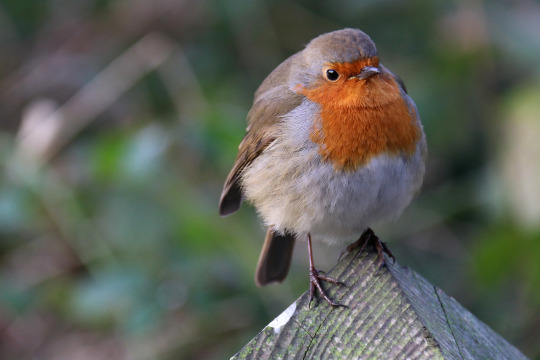

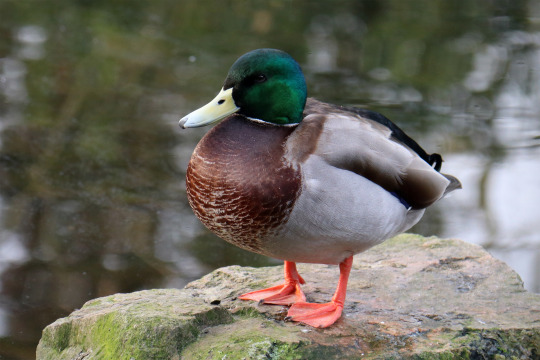
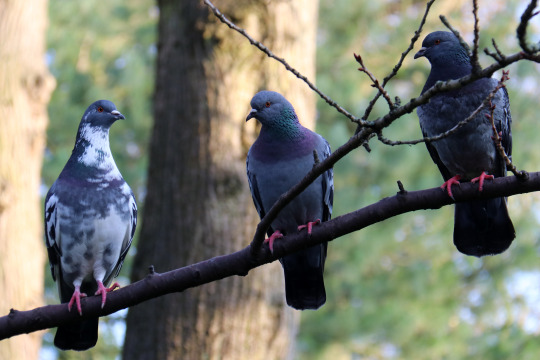
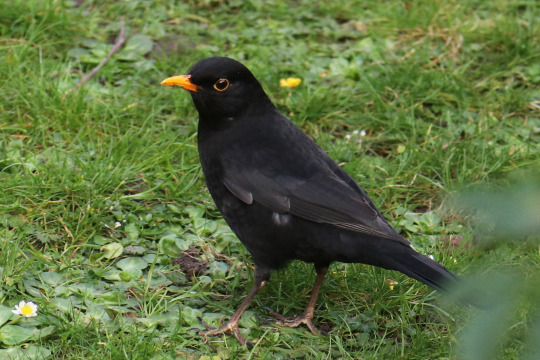

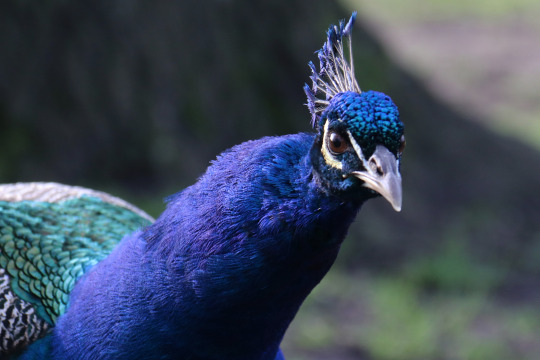


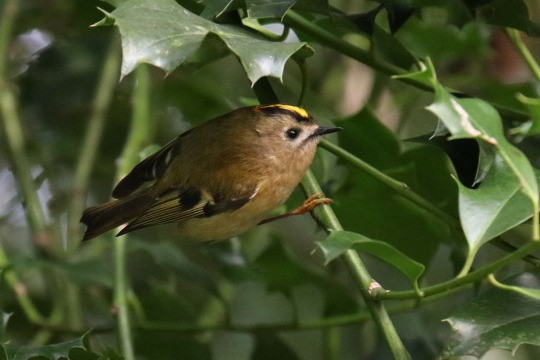
Birds of Holland park. London, England (February, 2020).
#robin#grey heron#mallard#pigeon#blackbird#carrion crow#peacock#common moorhen#eurasian magpie#goldcrest#birds#united kingdom#holland park
974 notes
·
View notes
Text
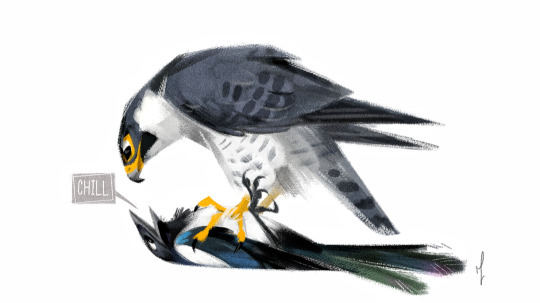
6K notes
·
View notes
Text

Leucistic Eurasian magpie (Pica pica) [x]
757 notes
·
View notes
Text
This is just an appreciation post

Look at them

There is nothing these bad boys can't do
#so graceful#so beautiful#so likely to rob and attack you#perfect creature#i love them#magpie#magpies#eurasian magpie#i fucking love magpies#they are so good#why would we ever have other birds when they could all be a magpies#one day
304 notes
·
View notes
Text

Actually managed to get a photo of the very shy magpie who appears in the very early morning to grab what they can!
(The bread was a small old heel leftover piece, the crows bring bread from somewhere every morning anyway)
299 notes
·
View notes
Text

Eurasian magpie
I don't know why, but somehow magpies are really difficult to photograph. There are lots of them in my area, but they often fly away the moment I try to take a picture. This one I pictured at the Baltic Sea, but it is the only picture I managed before the magpie flew off.
68 notes
·
View notes
Note
Could i get magpies
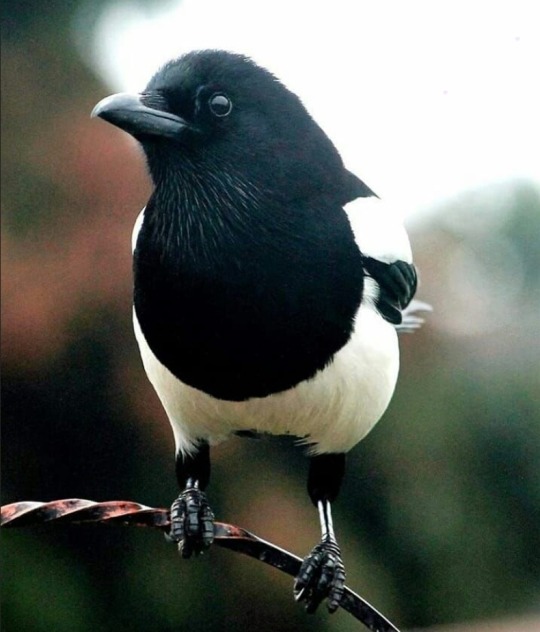

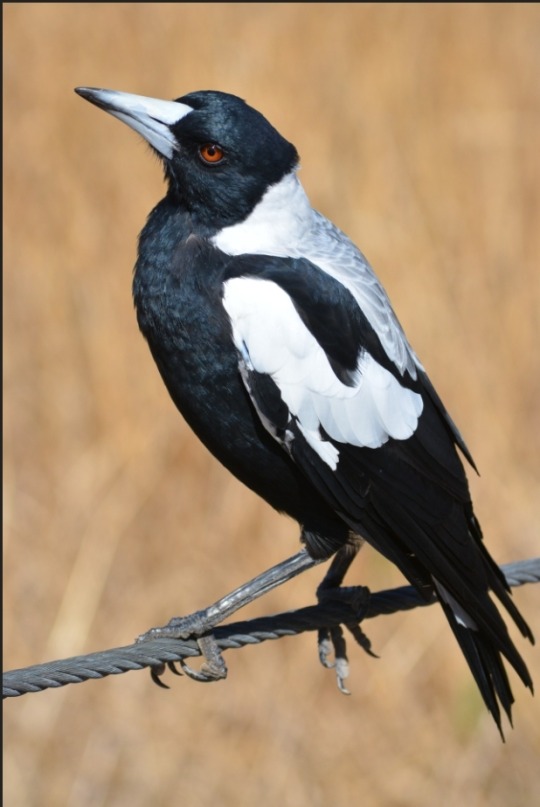

Eurasian and Australian Magpies!
163 notes
·
View notes
Text
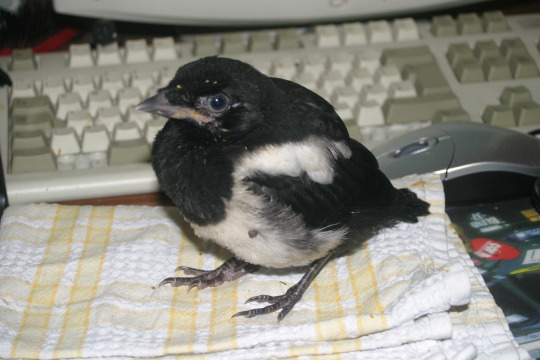
eurasian magpie (Pica pica) by Maria
198 notes
·
View notes
Text
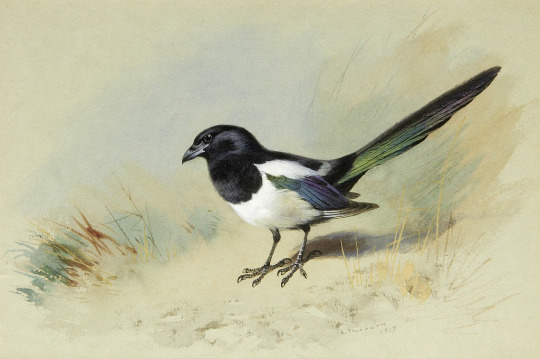
Magpie. Archibald Thorburn (1860-1935)
via
418 notes
·
View notes
Text
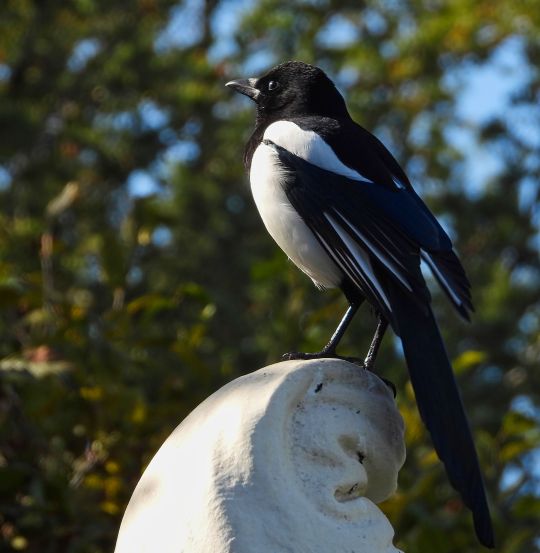
Eurasian magpie . . . Gardens of Versailles, Paris, Fance . . . 10/6/23
54 notes
·
View notes
Text

#aromantic#aro#aro pride#aromanticism#magpie#eurasian magpie#pica pica#corvidae#corvid#corvids#passeriformes#bird#bird art#art#digital art#artists on tumblr#tw eyestrain#cw eyestrain#wauk wauk#fave art
47 notes
·
View notes
Text


Eurasian magpie/skata, feasting on rowanberries/rönnbär. Gothenburg/Göteborg in Västergötland, Sweden (September 27, 2023).
800 notes
·
View notes
Text


Remember to read about the contestants before voting!
Eurasian Magpie
Native across most of Europe and Asia, the Eurasian magpie is often said to collect little trinkets. However, contrary to popular belief, they don’t collect shiny objects. They are quite smart though, and some scientists believe they are one of the smartest birds alive. They also think they’re one of the smartest animals too. They have also been known to express grief over the loss of their fellow magpie. Learn More!
Secretary Bird
With big, voluptuous eyelashes, the Secretary Bird lives in Africa. They are known for their long legs, used to strike down snakes, lizards, insects, and other small creatures. Although we often think of them as eating mainly snakes, that is not actually a large part of their diet. It consists mainly of insects. They will strike with 5 times their own body weight, and will sometimes hunt in small groups. Learn More!
(Art by @tertain-the-original )
237 notes
·
View notes
Text

More sketchy Centaur Time doodles!
For the new characters: Betty is a common green magpie, Marcy is a demonic bat and Fern is grass bear (though as the green knight he’d be a horse).
You can find the first set of doodles here.
Also reminder that I am accepting requests for AT characters to turn into centaurs!
#Centaur Time Au#Adventure Time#Adventure Time Au#Betty Grof#Simon Petrikov#Petrigrof#marceline the vampire queen#marceline abadeer#fern the human#fern mertens#my art#multi’s art#Betty was almost a Eurasian magpie but I think this one’s colours work better#also Betty’s sleeves are specially made for avians that have feathers on their arms#the bottom of the sleeve is open and has a clip that connects through the feathers to keep the sleeve in place
81 notes
·
View notes